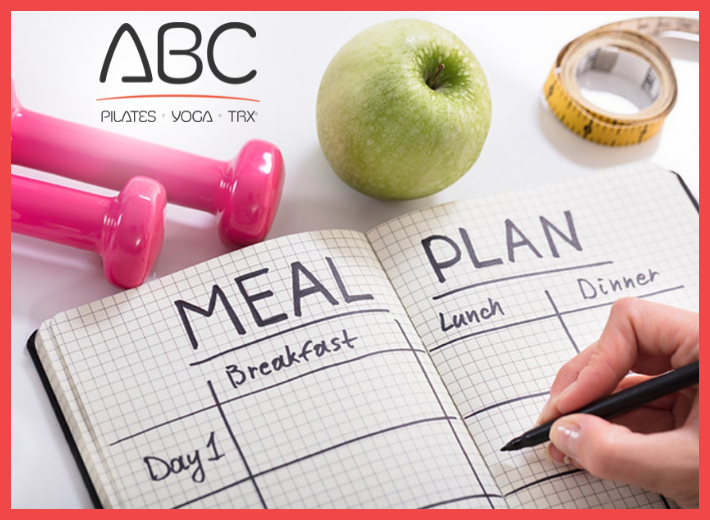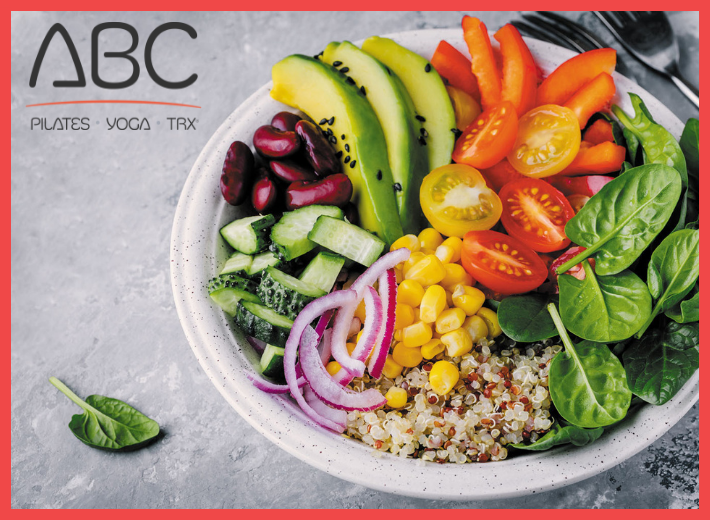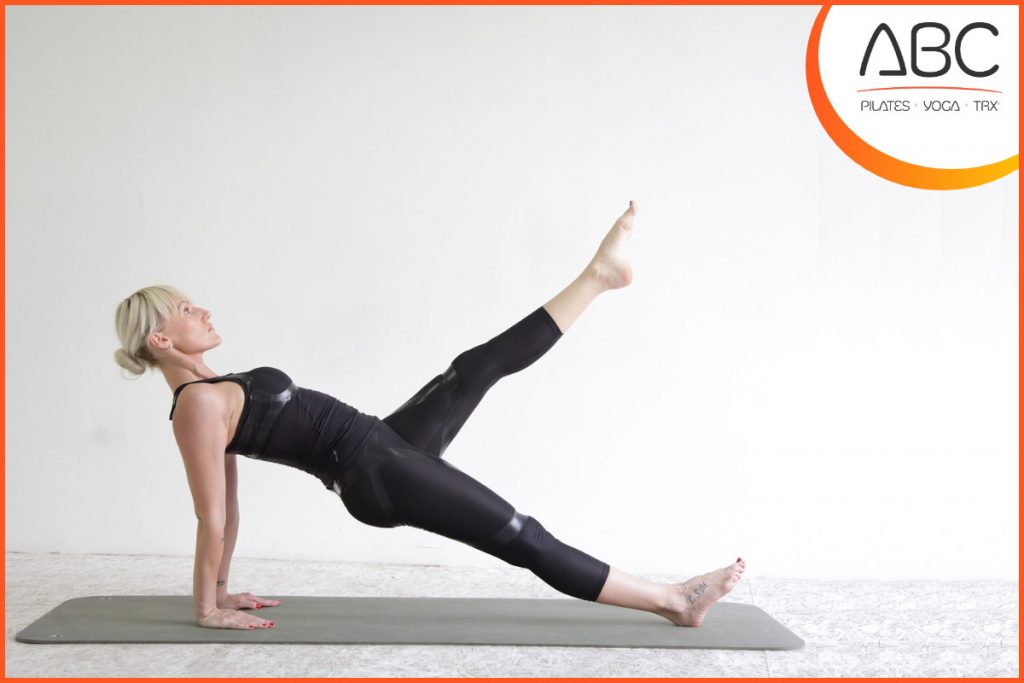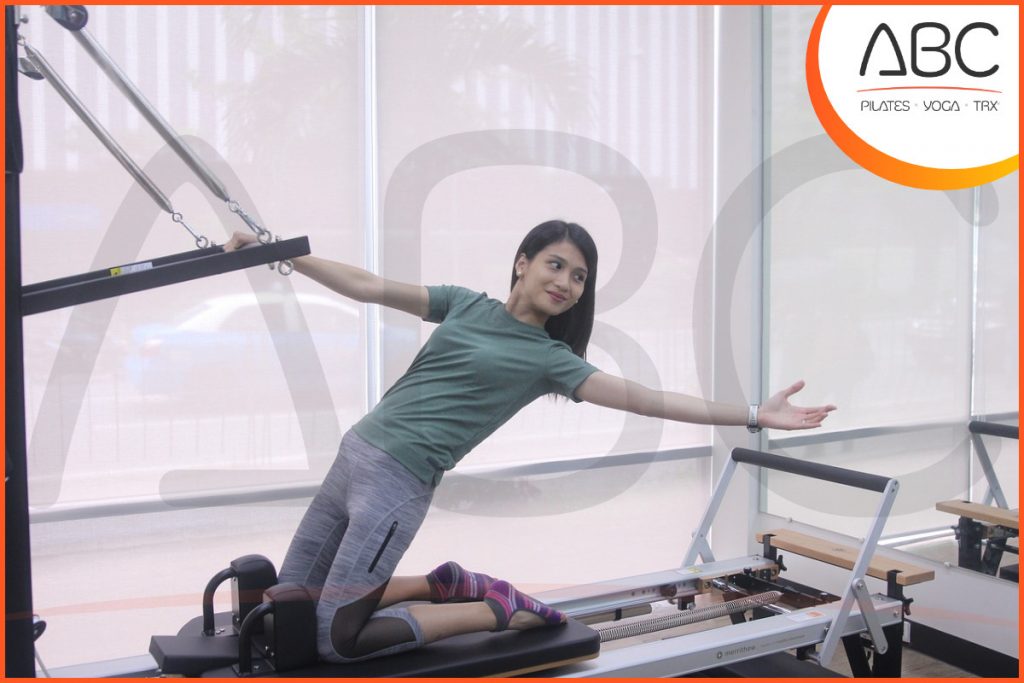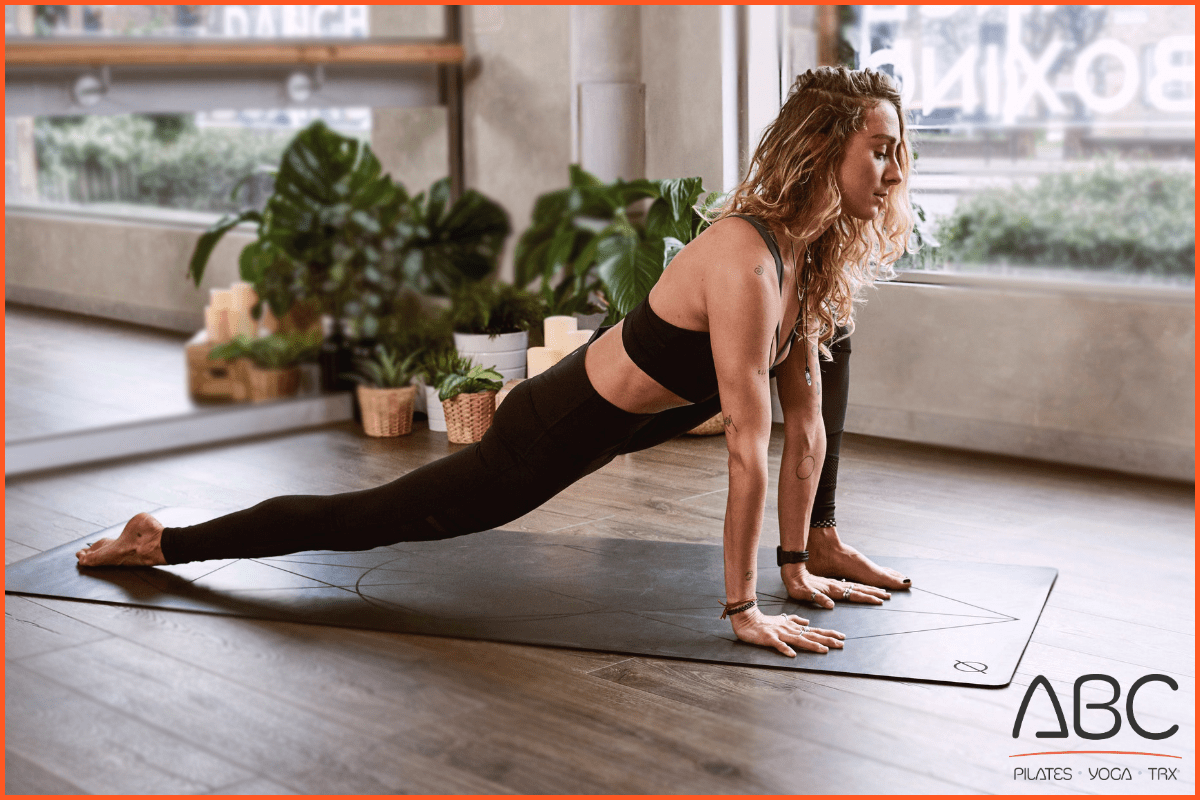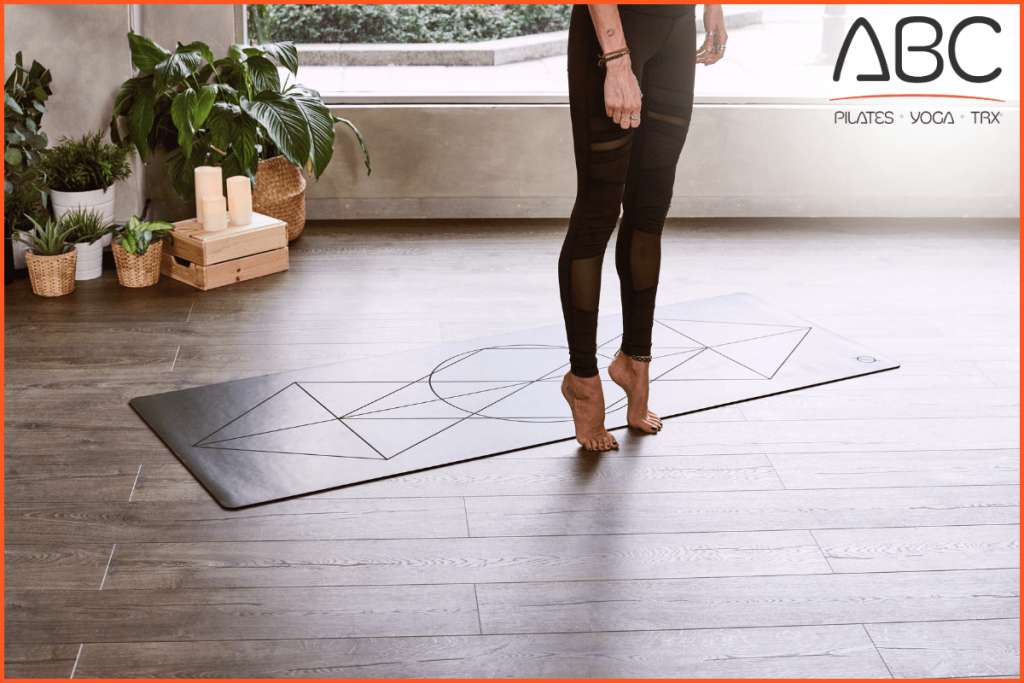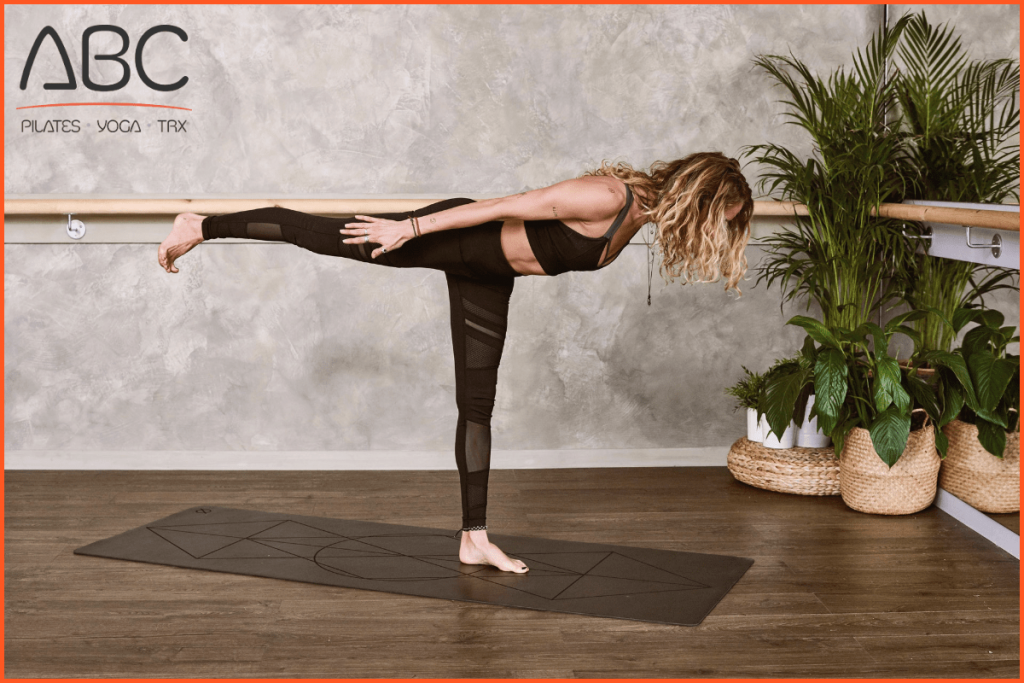What should you do when the whole world is facing such uncertainty?
Pilates. And lots of it.
We are kidding / not kidding. The truth is, moving your body, breathing deeply, focusing on your own well-being — these are all REALLY important to your health – and sanity. Women especially tend to put these on the bottom of their to-do list — and that’s not good.
We have a very clean space with very aware trainers and staff that can see you in socially distanced classes, or even privately. Let us help you take care of you. VIEW OUR CLASSES
Read on to discover some great mindsets and tips to further your well-being — and we hope to see you soon.
Living with so much uncertainty is hard. Human beings crave information about the future in the same way we crave food, sex, and other primary rewards. Our brains perceive ambiguity as a threat, and they try to protect us by diminishing our ability to focus on anything other than creating certainty.
Research shows that job uncertainty, for example, tends to take a more significant toll on our health than actually losing our job. Similarly, research participants who were told that they had a 50% chance of receiving a painful electric shock felt far more anxious and agitated than participants who believed they were definitely going to receive the shock.
It is no surprise, then, that there are entire industries devoted to filling in the blanks of our futures. See, for example, the popularity of astrology apps, or the prestige of management consultancies dedicated to strategic planning. Fundamentalist religions counter anxiety by providing us with unambiguous rules and absolute truths. Conspiracy theories provide us with simple explanations for complex phenomena.
But sometimes—maybe always—it’s more effective not to attempt to create certainty. Though evolution might have rigged our brains to resist uncertainty, we can never really know what the future will bring. And in improbable situations like the pandemic, which has massively disrupted our routines and utterly destroyed our best-laid plans, we need to learn to live with ambiguity. “Uncertainty is the only certainty there is,” wrote mathematician John Allen Paulos. “Knowing how to live with insecurity is the only security.”
So how can we best cope when everything feels so out of control? Here are seven surprising strategies.
1. Don’t resist
There’s no doubt: We are living through challenging times. But resisting this current reality won’t help us recover, learn, grow, or feel better. Ironically, resistance prolongs our pain and difficulty by amplifying the challenging emotions we are feeling. There is real truth to the aphorism that what we resist persists.
There’s an alternative. Instead of resisting, we can practice acceptance. Research by Kristin Neff and her colleagues has shown that acceptance—particularly self-acceptance—is a counterintuitive secret to happiness. Acceptance is about meeting life where it is and moving forward from there.
Because acceptance allows us to see the reality of the situation in the present moment, it frees us up to move forward, rather than remaining paralyzed (or made ineffective) by uncertainty, fear, or argument. To practice acceptance, we surrender our resistance to a problematic situation, and also to our emotions about the situation.
For example, you might find your marriage to be particularly challenging right now. Instead of criticizing or blaming your spouse—two tactics of resistance—you could calmly accept your marriage for the time being.
That doesn’t mean that you won’t feel frustrated anymore, or disappointed, or saddened by the state of things. A big part of acceptance is accepting how we feel about difficult circumstances (and difficult people) in our lives. But allowing our challenging marriage to be as it is right now—and acknowledging our feelings about it—puts us in a better position to move forward.
To be clear, acceptance is not the same as resignation. Accepting a situation doesn’t mean that it will never get better. We don’t accept that things will stay the same forever; we only accept whatever is actually happening at the moment. We can work to make our marriage happier, while at the same time allowing the reality that right now, the relationship or the situation is complicated. Maybe it will get better, maybe it won’t. Practicing acceptance in the face of difficulty is hard, and it’s also the most effective way to move forward.
2. Invest in yourself
The best resource that you have right now for making a contribution to the world is YOU. When that resource is depleted, your most valuable asset is damaged. In other words: When we underinvest in our bodies, minds, or spirits, we destroy our most essential tools for leading our best lives.
We humans don’t do well when we defer maintenance on ourselves. We need to sustain the relationships that bring us connection and meaning. We must get enough sleep and rest when we are tired. We need to spend time having fun and playing, just for the joy of it.
Don’t be confused: Self-care is not selfish. Selfishness is an anxious focus on the self. Selfish people tend to refer back to themselves a lot by using words like I, me, and mine. They pursue extrinsic goals, such as preserving their youthful beauty or cultivating an image of themselves on social media. They often hunger for more money, power, and approval from others, and they are often willing to pursue these things at the expense of other people or at the expense of their own integrity. That sort of self-focus is linked to stress, anxiety, depression, and health problems such as heart disease.
So, I’m definitely not recommending selfishness. I’m suggesting self-care and personal growth.
3. Find healthy comfort items
One of the most important ways we can invest in ourselves is to comfort ourselves in healthy ways.
If we are to stay flexible, we need to feel safe and secure. When we feel uncertain or insecure, our brain tries to rescue us by activating our dopamine systems. This dopamine rush encourages us to seek rewards, making temptations more tempting. Think of this as your brain pushing you toward a comfort item…like an extra glass of wine instead of a reasonable bedtime. Or the entire pan of brownies. Or an extra little something in your Amazon cart.
But instead of turning to social media, junk food, or booze to soothe our rattled nerves, we do better when we preemptively comfort ourselves in healthy ways.
Make a list of healthy ways to comfort yourself. Can you mask up and go for a hike with a neighbor? Schedule a call with a friend? Reflect on what you are grateful for? Let yourself take a little nap? Perhaps you could seek out a hug or watch a funny YouTube video.
Those things may seem small—or even luxurious—but they enable us to be the people that we want to be.
4. Don’t believe everything you think
Perhaps the most essential stress-reduction tactic that anyone has ever taught me is not to believe everything I think. In uncertain times, it’s particularly important not to believe thoughts that argue for the worst-case scenario.
It can be helpful for us to consider worst-case scenarios so that we can weigh risks and actively prevent disaster. But when we believe these stressful thoughts, we tend to react emotionally as though the worst case is already happening in real life, rather than just in our heads. We grieve for things that we haven’t actually lost, and react to events that are not actually happening. This makes us feel threatened, afraid, and unsafe when we are simply alone with our thoughts.
Our negativity bias can also set us up for failure. Expectations can become a self-fulfilling prophecy. When we expect the worst, we often feel too afraid or close-minded to seize opportunities or respond to challenges with creativity and grit.
Instead of buying into every stressful thought, we can actively imagine the best possible scenario. We can find silver linings to replace ruminations. This counters our natural tendency to overestimate risks and negative consequences.
5. Pay attention
The opposite of uncertainty is not a certainty; it’s presence. Instead of imagining a scary and unknown future, we can bring our attention to our breath. From there, we can check in with ourselves. Every time we wash our hands, for example, we could ask ourselves: How are you doing right now?
Notice what emotions you are feeling, and wherein your body you feel those emotions. Bring curiosity and acceptance to your experience (see #1).
Even when it feels like everything is out of our control, we can still control what we pay attention to. We can turn off our alerts to keep the news or social media from hijacking our awareness. We can drop our ruminations and negative fantasies by attending to what’s actually happening in our inner world, right now, here in the present.
Attending to what is happening within us at any given moment keeps a crappy external reality from determining our inner truth. It allows us to cultivate calm, open-mindedness, and non-reactivity.
6. Stop looking for someone to rescue you
When we act as though we are powerless, we get trapped in narratives that leave us feeling angry, helpless, and trapped. And we start hoping other people will save us from our misery.
Although it can feel good when others dote on us, most rescuers don’t really help. Our friends might want to save us—because helping others makes people feel good—and their intentions may be noble. But rescuers tend to be better enablers than saviors. If we stay stuck, they get to keep their role as our hero, or they get to distract themselves from their own problems.
Rescuers tend to give us permission to avoid taking responsibility for our own lives. On the other hand, emotionally supportive friends (or therapists) see us as capable of solving our own problems. They ask questions that help us focus on what we do want instead of what we don’t.
“Uncertainty is the only certainty there is”
―John Allen Paulos, mathematician
In short: To best cope with uncertainty, we need to stop complaining. When we drop our fixation on the problem, we can focus on the outcomes we desire. How can we make the best of this mess? What can we gain in this situation?
When we take responsibility for our lives, we trade the false power of victimhood for the real power that comes from creating the life we want.
7. Find meaning in the chaos
Social psychologists define meaning, as it applies to our lives, as “an intellectual and emotional assessment of the degree to which we feel our lives have purpose, value, and impact.” We, humans, are best motivated by our significance to other people. We’ll work harder and longer and better—and feel happier about the work we are doing—when we know that someone else is benefiting from our efforts.
For example, teens who provide tangible, emotional, or informational support to people in crises tend to feel more strongly connected to their community. Research shows that we feel good when we stop thinking about ourselves so much and support others.
When we see something that needs improvement, our next step is to recognize what we personally can do to be a part of the solution. What skills and talents (or even just interests) can we bring to the issue? What really matters to us, and how can we be of service?
Meaning and purpose are wellsprings of hope. When the world feels scary or uncertain, knowing what meaning we have for others and feeling a sense of purpose can ground us better than anything else.
So, don’t just wait for this ordeal to be over. Don’t be resigned to your misery while we wait for a vaccine. What have you always wanted to do? What outcome are you hoping for? How can you make a real-life in this? Live that life.
Reference: {https://greatergood.berkeley.edu/article/item/seven_ways_to_cope_with_uncertainty}

Looking to try something new and to belong to something spectacular? We have just what you need! Our space, instructors, and clientele are second to none! Come witness the benefits of pilates and yoga and watch your body (and your confidence!) transform!
Visit our Facebook page at https://www.facebook.com/theabcfitstudio or give us a call at 949.305.3310 to get started!
